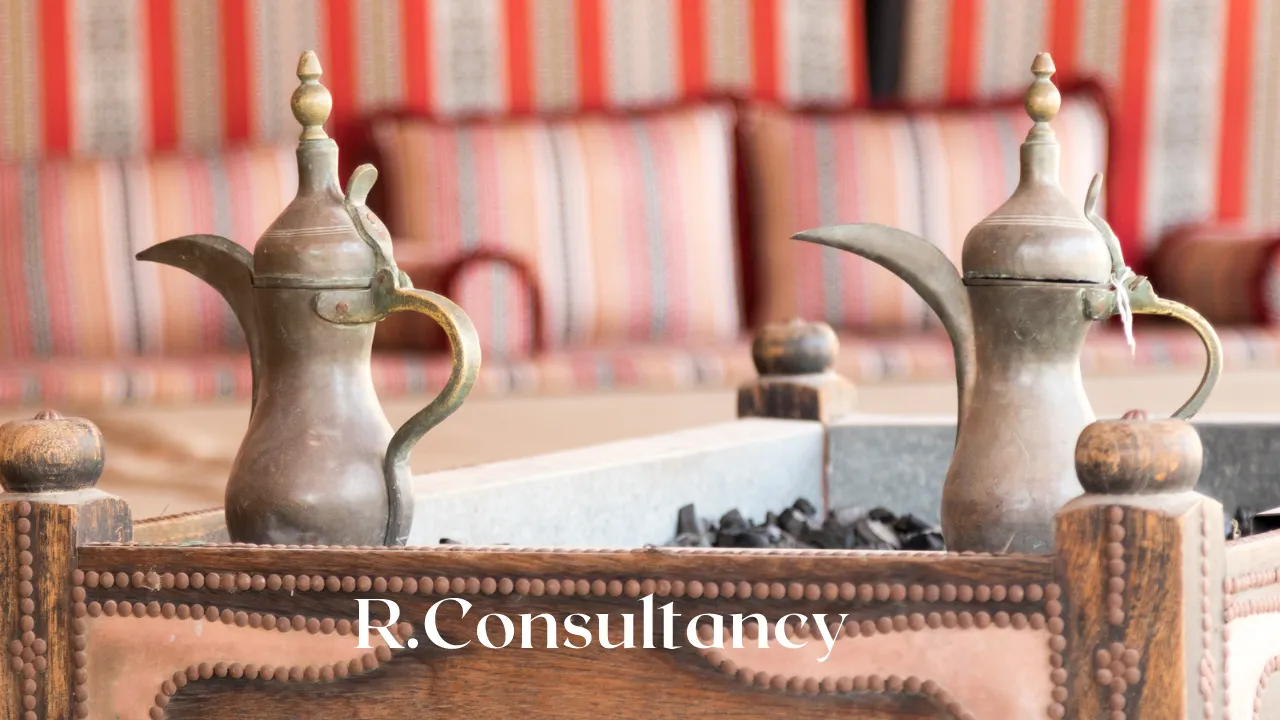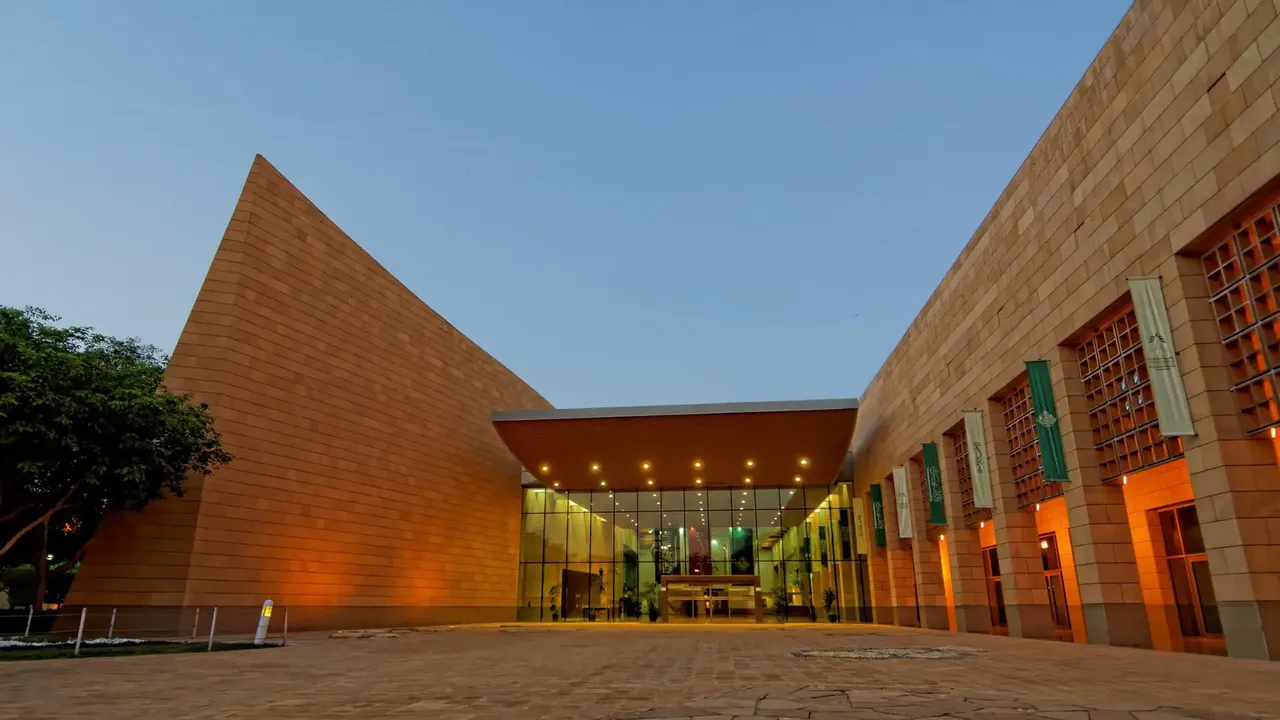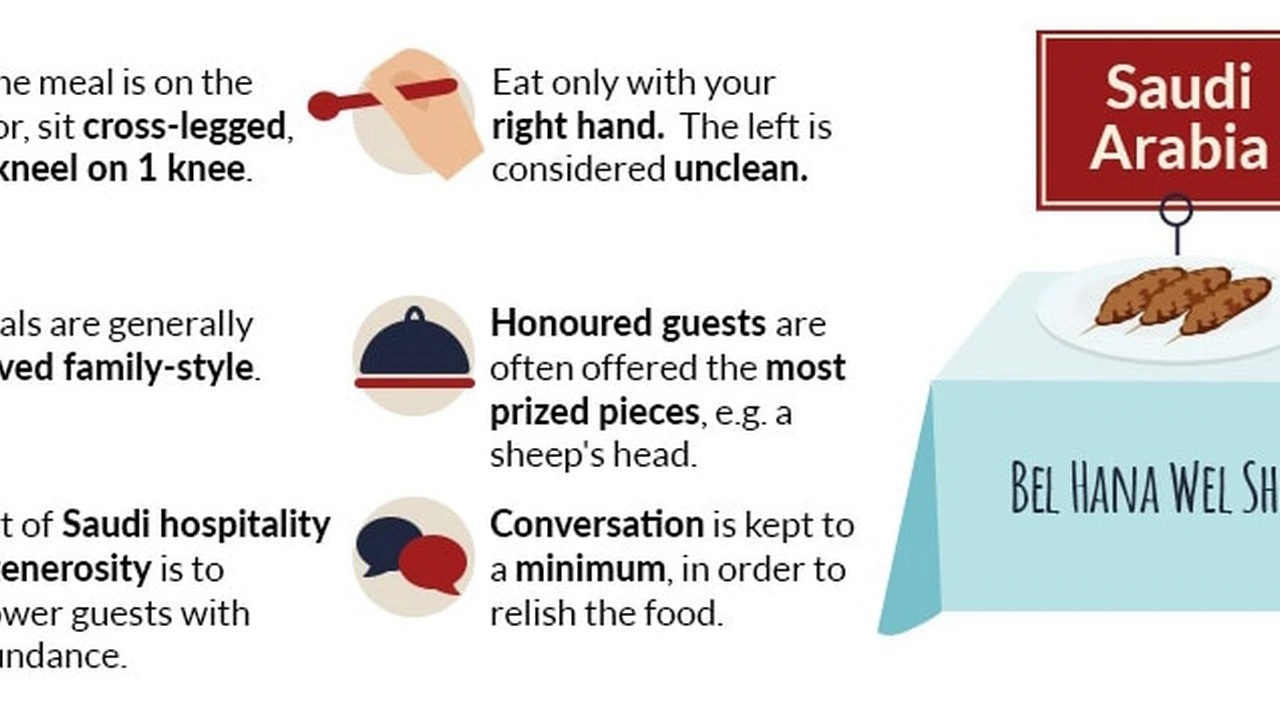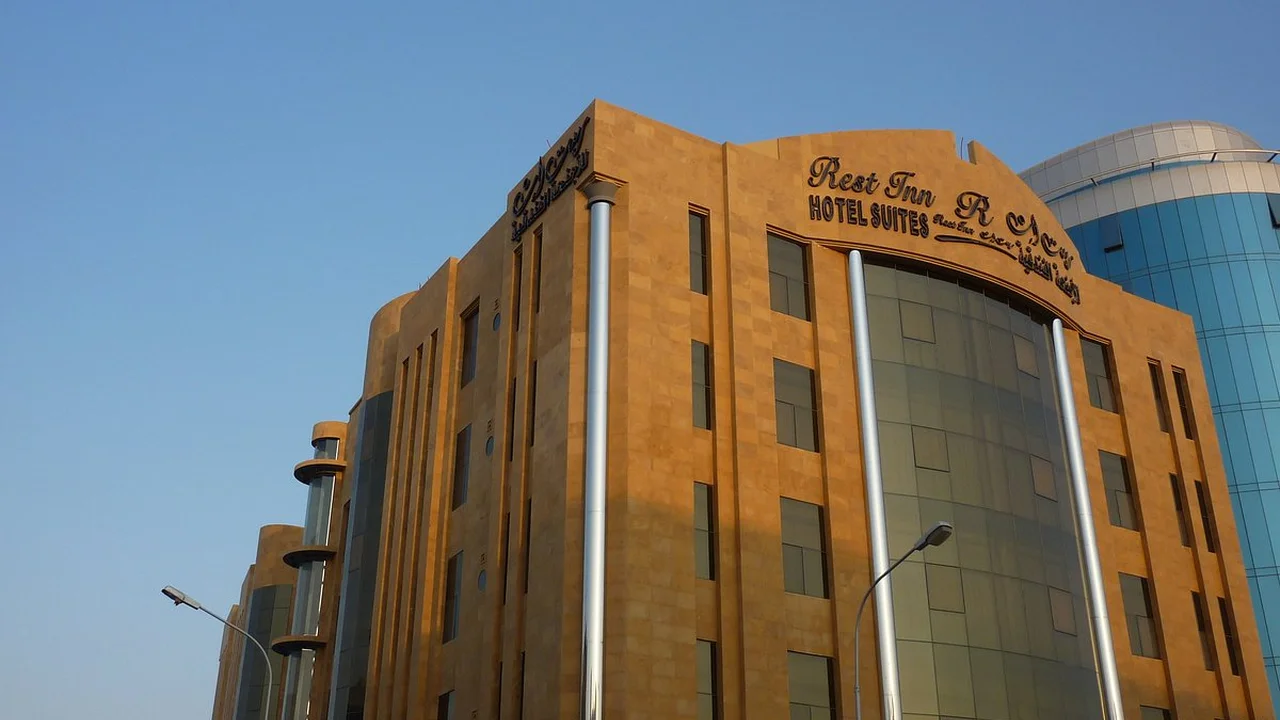
A Deep Dive into Saudi Arabian Culture and Traditions
Saudi Arabia, a land steeped in history and tradition, boasts a rich cultural tapestry woven from centuries of Bedouin heritage, Islamic values, and modern influences. Understanding the culture and customs of Saudi Arabia is essential for anyone seeking to engage with its people, whether for business, travel, or simply a desire to broaden their horizons. This article delves into the heart of Saudi Arabian culture, exploring its key aspects and providing insights into the nuances of daily life.
Understanding Saudi Arabian Values The Foundation of Society
At the core of Saudi Arabian culture lies a strong emphasis on family, religion, and honor. These values permeate every aspect of life, shaping social interactions, business practices, and personal beliefs. Family ties are paramount, with extended families often living together or in close proximity. Respect for elders is deeply ingrained, and their wisdom and guidance are highly valued. Islam plays a central role in Saudi society, influencing everything from daily routines to legal frameworks. The five pillars of Islam – faith, prayer, charity, fasting, and pilgrimage – provide a framework for moral conduct and social responsibility. Honor is another fundamental value, encompassing personal integrity, reputation, and adherence to social norms. Maintaining one's honor and the honor of one's family is of utmost importance.
The Art of Communication in Saudi Arabia Mastering Social Etiquette
Effective communication is crucial for building relationships and navigating social situations in Saudi Arabia. Greetings are typically warm and personal, often involving handshakes and inquiries about one's well-being and family. It's important to address individuals with respect, using formal titles such as "Sheikh" or "Sayyid" when appropriate. Direct eye contact is generally considered polite, but prolonged staring should be avoided. When conversing, be mindful of your tone and body language. Avoid interrupting or disagreeing openly, especially with elders or those in positions of authority. Patience and politeness are highly valued, and it's important to allow ample time for discussions and decision-making.
Saudi Arabian Cuisine A Culinary Journey Through Flavors and Traditions
Saudi Arabian cuisine is a delightful blend of flavors and aromas, reflecting the country's diverse regional influences. Rice is a staple food, often served with meat, poultry, or fish. Spices play a prominent role, adding depth and complexity to dishes. Popular dishes include Kabsa (a fragrant rice dish with meat), Mandi (slow-cooked meat served on a bed of rice), and Mutabbaq (a savory stuffed pancake). Dates are a traditional sweet treat, often served with coffee. Coffee is an integral part of Saudi Arabian hospitality, and it's customary to offer guests a cup of strong, aromatic Arabic coffee. The coffee is typically served in small, handleless cups, and it's polite to accept at least one cup.
Traditional Saudi Arabian Clothing A Reflection of Culture and Identity
Traditional Saudi Arabian clothing is both functional and symbolic, reflecting the country's climate, religious beliefs, and cultural values. Men typically wear a Thobe, a long, loose-fitting white robe, along with a Ghutra (a headdress) and an Igal (a cord that secures the Ghutra). Women typically wear an Abaya, a long, flowing black cloak, along with a Niqab (a veil that covers the face, leaving the eyes visible) or a Burqa (a full-face veil). The specific styles and colors of clothing may vary depending on the region and social context. While traditional clothing is still widely worn, particularly in rural areas, many Saudis also embrace modern Western attire, especially in urban centers.
Celebrating Saudi Arabian Festivals and Holidays A Time for Joy and Togetherness
Saudi Arabia celebrates a variety of festivals and holidays, reflecting its Islamic heritage and national identity. Eid al-Fitr marks the end of Ramadan, the holy month of fasting, and is celebrated with feasting, prayers, and family gatherings. Eid al-Adha commemorates the sacrifice of Abraham and is marked by the slaughter of animals and the distribution of meat to the poor. Saudi National Day, celebrated on September 23rd, commemorates the unification of the Kingdom of Saudi Arabia and is marked by parades, fireworks, and cultural events. These festivals and holidays provide opportunities for Saudis to come together, celebrate their shared culture, and strengthen social bonds.
The Evolving Role of Women in Saudi Arabia Progress and Empowerment
The role of women in Saudi Arabia has undergone significant changes in recent years, with increasing opportunities for education, employment, and social participation. Historically, women's roles were largely confined to the domestic sphere, but today, women are making strides in various fields, including business, medicine, and education. The Saudi government has implemented a number of reforms aimed at empowering women, such as lifting the ban on women driving and easing restrictions on women's travel and guardianship. While challenges remain, the progress made in recent years is undeniable, and women are playing an increasingly important role in shaping the future of Saudi Arabia.
Navigating Business Culture in Saudi Arabia Building Trust and Relationships
Doing business in Saudi Arabia requires a nuanced understanding of the local culture and customs. Building trust and relationships is paramount, and it's important to invest time in getting to know your Saudi counterparts on a personal level. Business meetings typically begin with informal conversation and the exchange of pleasantries. It's important to be patient and avoid rushing into business discussions. Decisions are often made collectively, and it's important to be respectful of the decision-making process. Gift-giving is a common practice, and it's important to choose gifts that are appropriate for the occasion and the recipient. Building strong relationships and demonstrating respect for Saudi culture are essential for success in the Saudi Arabian business environment.
Souq Al Zel: A Glimpse into Traditional Saudi Arabian Handicrafts
Souq Al Zel, located in Riyadh, is a vibrant marketplace offering a treasure trove of traditional Saudi Arabian handicrafts. This bustling souq is a testament to the country's rich artistic heritage, showcasing the skills and creativity of local artisans. From intricately woven carpets and rugs to handcrafted jewelry and pottery, Souq Al Zel offers a unique glimpse into the traditional crafts of Saudi Arabia.
Exploring the Art of Saudi Arabian Carpet Weaving The Intricacies of Design and Craftsmanship
Carpet weaving is an ancient art form in Saudi Arabia, passed down through generations of artisans. These carpets are not merely floor coverings; they are intricate works of art, reflecting the cultural heritage and artistic sensibilities of the region. The designs often incorporate geometric patterns, floral motifs, and tribal symbols, each telling a story and conveying a sense of history.
The Materials Used in Saudi Arabian Carpet Weaving Wool Silk and Natural Dyes
Traditional Saudi Arabian carpets are typically made from high-quality wool, often sourced from local sheep. Silk may also be used in more luxurious carpets, adding a touch of sheen and elegance. Natural dyes, derived from plants, minerals, and insects, are used to create the vibrant colors that characterize these carpets. The use of natural dyes ensures that the colors are long-lasting and fade-resistant, preserving the beauty of the carpets for generations.
The Craftsmanship of Saudi Arabian Carpet Weaving A Labor of Love and Skill
The process of weaving a Saudi Arabian carpet is a labor-intensive undertaking, requiring immense skill and patience. Skilled artisans meticulously knot each strand of wool or silk onto the warp threads, creating the intricate designs that define these carpets. The density of the knots determines the quality and durability of the carpet, with higher knot counts resulting in finer and more valuable carpets. The weaving process can take weeks, months, or even years, depending on the size and complexity of the design.
Recommending a High-Quality Saudi Arabian Carpet: The Al Rajhi Carpet Collection
For those seeking to acquire a genuine piece of Saudi Arabian craftsmanship, the Al Rajhi Carpet Collection offers a curated selection of exquisite carpets. These carpets are handwoven by skilled artisans using traditional techniques and the finest materials, ensuring exceptional quality and durability.
The Al Rajhi Carpet Collection: Key Features and Benefits
- Authentic Designs: The Al Rajhi Carpet Collection features a wide range of authentic Saudi Arabian designs, reflecting the cultural heritage and artistic traditions of the region.
- High-Quality Materials: These carpets are made from premium wool and silk, ensuring exceptional softness, durability, and longevity.
- Handwoven Craftsmanship: Each carpet is meticulously handwoven by skilled artisans, guaranteeing superior quality and attention to detail.
- Natural Dyes: The use of natural dyes ensures vibrant, long-lasting colors that will not fade over time.
- Investment Value: A genuine Saudi Arabian carpet from the Al Rajhi Carpet Collection is not only a beautiful addition to your home but also a valuable investment that will appreciate in value over time.
Al Rajhi Carpet Collection: Comparing to Machine-Made Alternatives
While machine-made carpets may offer a lower price point, they lack the unique character and craftsmanship of handwoven Saudi Arabian carpets. Machine-made carpets are often made from synthetic materials and may not possess the same durability or longevity as handwoven carpets. Furthermore, machine-made carpets lack the artistic nuances and cultural significance of handwoven carpets, making them a less desirable option for those seeking a genuine piece of Saudi Arabian heritage.
Pricing and Availability of the Al Rajhi Carpet Collection
The pricing of carpets in the Al Rajhi Carpet Collection varies depending on the size, materials, design, and knot density. Smaller carpets may range from $500 to $2000, while larger, more intricate carpets can cost upwards of $10,000. The Al Rajhi Carpet Collection is available for purchase online through the Al Rajhi website and at select retailers in Saudi Arabia and internationally. It's recommended to contact Al Rajhi directly for specific pricing and availability information.
Using a Saudi Arabian Carpet to Enhance Your Home Decor Ideas and Inspiration
A Saudi Arabian carpet can be a stunning addition to any home decor, adding a touch of elegance, warmth, and cultural richness. These carpets can be used in a variety of ways to enhance your living space, from defining a seating area to adding a pop of color and texture to a room.
Using a Saudi Arabian Carpet in a Living Room Setting
In a living room, a Saudi Arabian carpet can serve as a focal point, anchoring the furniture and creating a cohesive space. Choose a carpet that complements the colors and style of your existing decor. A large carpet can define the entire seating area, while a smaller carpet can be used to highlight a particular piece of furniture, such as a coffee table or a sofa.
Adding a Saudi Arabian Carpet to a Bedroom for Warmth and Comfort
In a bedroom, a Saudi Arabian carpet can add warmth and comfort underfoot. Place a carpet under the bed to create a cozy and inviting space. Choose a carpet with soft textures and calming colors to promote relaxation and tranquility.
Using a Saudi Arabian Carpet in a Dining Room Setting
In a dining room, a Saudi Arabian carpet can add a touch of elegance and sophistication. Choose a carpet that is large enough to accommodate the entire dining table and chairs. A carpet with a bold pattern can add visual interest to the room, while a carpet with a more subtle design can create a more understated look.
Caring for Your Saudi Arabian Carpet Maintaining Its Beauty and Longevity
Proper care and maintenance are essential for preserving the beauty and longevity of your Saudi Arabian carpet. Regular vacuuming is crucial for removing dirt and debris. It's recommended to vacuum the carpet at least once a week, using a vacuum cleaner with a brush attachment. For spills and stains, blot the area immediately with a clean, absorbent cloth. Avoid rubbing the stain, as this can damage the fibers of the carpet. Professional cleaning is recommended every one to two years to remove deep-seated dirt and stains.
Avoiding Common Mistakes When Caring for a Saudi Arabian Carpet
Avoid using harsh chemicals or abrasive cleaners on your Saudi Arabian carpet, as these can damage the fibers and fade the colors. Do not expose the carpet to direct sunlight for prolonged periods, as this can also cause fading. Rotate the carpet regularly to ensure even wear and prevent fading in specific areas. By following these simple guidelines, you can ensure that your Saudi Arabian carpet remains a beautiful and cherished heirloom for generations to come.
The Enduring Appeal of Saudi Arabian Culture and Customs
Saudi Arabian culture and customs are a fascinating blend of tradition and modernity, offering a unique perspective on the world. Understanding and appreciating these cultural nuances is essential for anyone seeking to engage with Saudi Arabia, whether for business, travel, or personal enrichment. From the warmth of Saudi Arabian hospitality to the intricate beauty of its handicrafts, the culture and customs of Saudi Arabia offer a rich and rewarding experience.
:max_bytes(150000):strip_icc()/277019-baked-pork-chops-with-cream-of-mushroom-soup-DDMFS-beauty-4x3-BG-7505-5762b731cf30447d9cbbbbbf387beafa.jpg)






